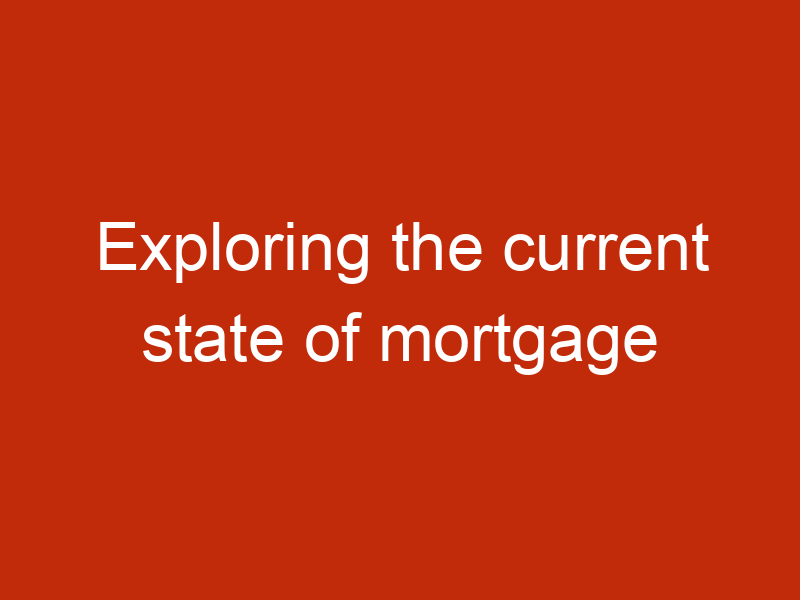Exploring the current state of mortgage refinancing rates
In today’s economic climate, mortgage refinancing rates have become a hot topic of discussion among homeowners and potential buyers alike. With historically low-interest rates and a rapidly changing housing market, understanding the current state of mortgage refinancing rates is crucial for those looking to save money or secure a better loan.
The impact of the COVID-19 pandemic has brought about unprecedented uncertainty in the economy. To mitigate the effects, the Federal Reserve has implemented policies to keep interest rates at historically low levels. As a result, mortgage rates have plummeted, making it an opportune time for homeowners to refinance their mortgages and reduce their monthly payments or secure a more favorable loan term.
The current state of mortgage refinancing rates offers an excellent opportunity for homeowners to save money over the life of their loans. According to Freddie Mac’s Primary Mortgage Market Survey, the average 30-year fixed-rate mortgage has hit an all-time low, reaching below 3%. This presents a significant decrease from just a few years ago when rates were closer to 4% or higher.
With such low rates, homeowners have the potential to save thousands of dollars over the course of their mortgage. By refinancing to a lower interest rate, borrowers can reduce their monthly payments and free up extra cash to invest, pay off debts, or save for future expenses.
Additionally, refinancing allows homeowners to change the terms of their loans. For example, those with a 30-year mortgage could refinance into a 15-year mortgage and potentially pay off their loan quicker while saving on long-term interest. Conversely, homeowners can extend their loan term to reduce monthly payments, providing more financial flexibility in the short term.
While low-interest rates undoubtedly make refinancing an attractive option, homeowners must also consider other factors before making a decision. Lenders evaluate a variety of criteria, such as credit scores, debt-to-income ratios, and home equity, when determining the interest rate borrowers may qualify for. Hence, not everyone will be eligible for the lowest rates advertised.
In addition, closing costs associated with refinancing can vary significantly. Homeowners need to carefully evaluate the fees involved, including appraisal costs, title insurance, and origination fees, to determine if the potential savings outweigh these expenses. It is essential to shop around and compare offers from different lenders to ensure the most cost-effective refinancing option.
Furthermore, the housing market’s instability can impact refinancing rates. Economic uncertainty or a decrease in home values can lead to lenders tightening their borrowing guidelines, making it harder for homeowners to qualify for refinancing. Thus, homeowners must consider these market conditions before making a decision.
In conclusion, exploring the current state of mortgage refinancing rates can yield significant benefits for homeowners seeking to reduce their monthly payments, change the terms of their loans, or save on long-term interest. With historically low rates, borrowers have the potential to save substantial amounts of money over the life of their mortgages. However, individual factors such as credit scores, closing costs, and market conditions should be carefully considered before pursuing refinancing. By doing thorough research and seeking advice from mortgage professionals, homeowners can make informed decisions that suit their financial goals and create a more secure financial future.







